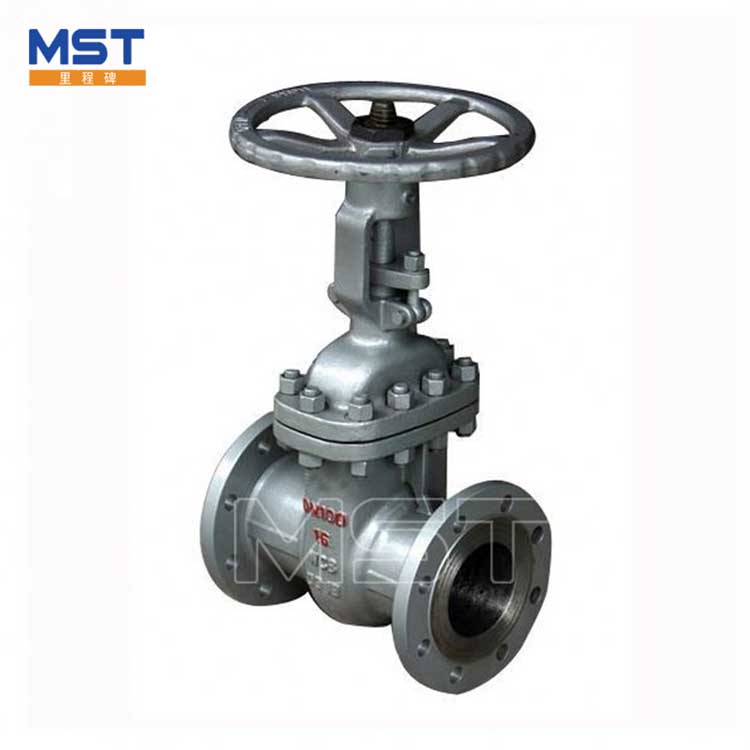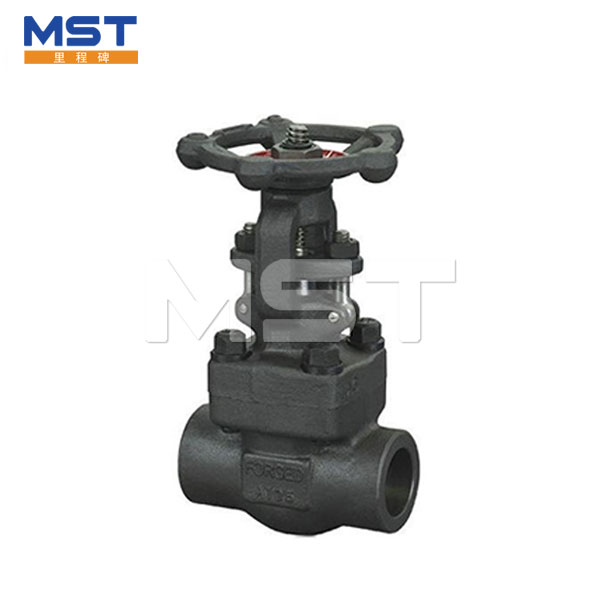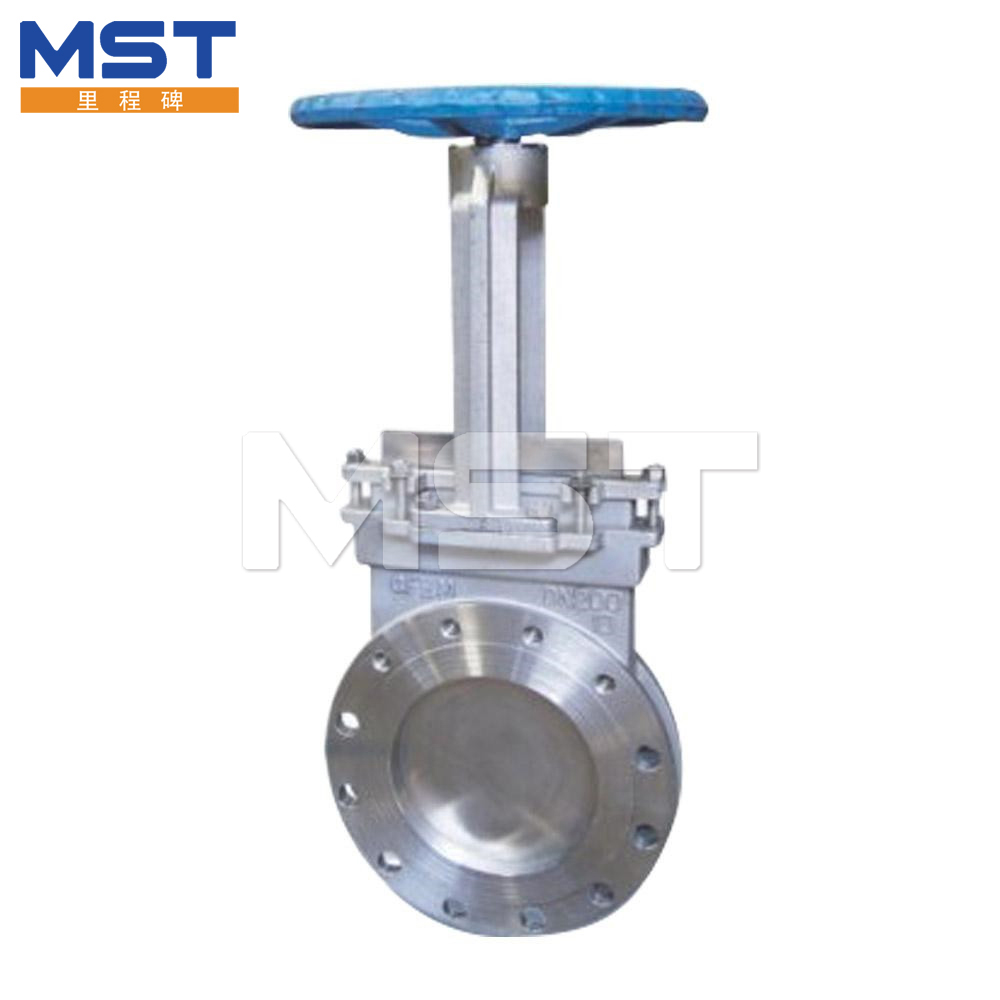 English
English Español
Español  Português
Português  русский
русский  Français
Français  日本語
日本語  Deutsch
Deutsch  tiếng Việt
tiếng Việt  Italiano
Italiano  Nederlands
Nederlands  ภาษาไทย
ภาษาไทย  Polski
Polski  한국어
한국어  Svenska
Svenska  magyar
magyar  Malay
Malay  বাংলা ভাষার
বাংলা ভাষার  Dansk
Dansk  Suomi
Suomi  हिन्दी
हिन्दी  Pilipino
Pilipino  Türkçe
Türkçe  Gaeilge
Gaeilge  العربية
العربية  Indonesia
Indonesia  Norsk
Norsk  تمل
تمل  český
český  ελληνικά
ελληνικά  український
український  Javanese
Javanese  فارسی
فارسی  தமிழ்
தமிழ்  తెలుగు
తెలుగు  नेपाली
नेपाली  Burmese
Burmese  български
български  ລາວ
ລາວ  Latine
Latine  Қазақша
Қазақша  Euskal
Euskal  Azərbaycan
Azərbaycan  Slovenský jazyk
Slovenský jazyk  Македонски
Македонски  Lietuvos
Lietuvos  Eesti Keel
Eesti Keel  Română
Română  Slovenski
Slovenski  मराठी
मराठी  Srpski језик
Srpski језик
Full port gate valve
Send Inquiry



1. BODY of full port gate valve. The body is forged steel and designed to the basic dimensional requirements of the applicable specifications such as API602 and ASME B16.34.
2. BONNET of full port gate valve. The bonnet is forged steel, has an integral backseat and incorporates the stuffing box, which has dimensions per the applicable specifications such as API 602.
3. BODY-BONNET JOINT of full port gate valve. Two different bonnet joint designs are available. These are either the bolted bonnet or the threaded and seal welded type.
4. GASKET of full port gate valve. The bolted bonnet joint design valve uses a contained, controlled compression, spiral wound type gasket.
5. BONNET BOLTING of full port gate valve. The bonnet bolting is manufactured of alloy steel in accordance with the requirements of the applicable specifications such as API 602 and ASME B16.34.
6. SEAT RINGS of full port gate valve. The seat rings are steel and makeup part of the valve trim.
7. WEDGE of full port gate valve. The wedge, which is solid design, is forged or investment cast steel and is part of the valve trim. The seating surfaces are ground and lapped.
8. STEM of full port gate valve. The stem is forged steel and part of the valve trim. It contains an integral back seat shoulder, which mates with the integral backseat of the bonnet. requirements of the applicable specifications such as API 602.
9. GLAND AND FLANGE of full port gate valve. The gland, gland flange assembly utilizes a separate, two piece design. This self aligning design allows the flange to be unevenly tightened while the gland maintains it’s parallel alignment with the stem and stuffing box.
10. GLAND BOLTS AND NUTS of full port gate valve. The steel/stainless steel gland bolt and nut assembly is a stud, double nut arrangement.
11. YOKE SLEEVE of full port gate valve. The yoke sleeve is of forged stainless steel material having a high melting point and is resistant to wear and corrosion.
12. HANDWHEEL of full port gate valve. The handwheel is forged carbon steel of an open spoke design.


2.FAQ





















